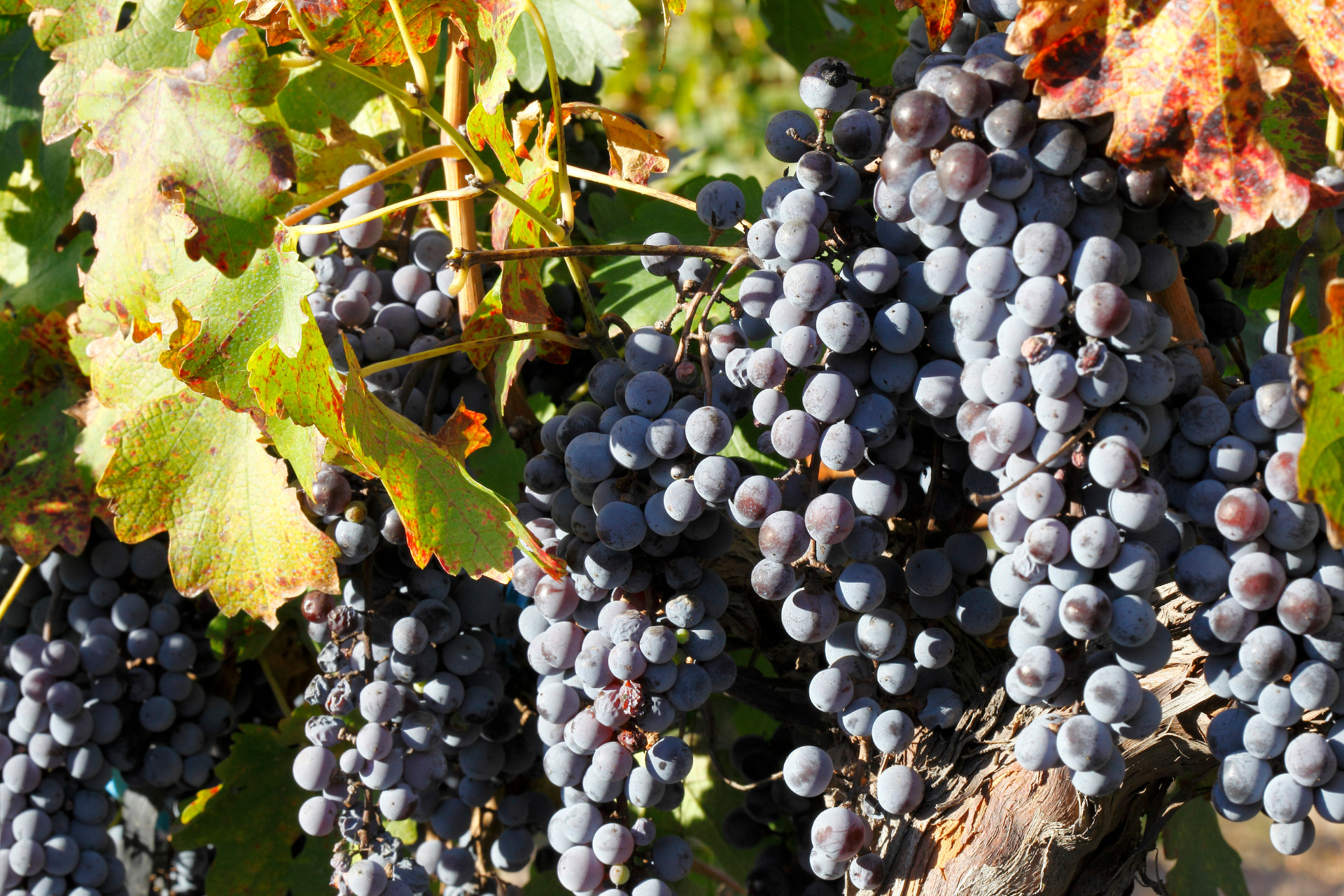Why Wine Glassware Matters More Than You Think
The Power of the Right Pour: Why Wine Glassware Matters More Than You Think

An in-depth guide to choosing the right wine glass for every pour – and how it can transform your wine experience.
When it comes to wine, many of us focus on the vintage, the grape, or the region.
But there’s another often-overlooked factor that plays a crucial role in the overall tasting experience—the glass itself.
At first glance, using specific wine glasses for different types of wine may seem like something reserved for high-end restaurants or self-proclaimed wine snobs.
But the truth is, glassware isn’t about pretension—it’s about precision.
The shape, size, and design of your wine glass can influence aroma, temperature, taste, and texture—key elements that affect how you perceive the wine in your glass. Whether you're a seasoned connoisseur or just beginning your wine journey, understanding the basics of wine glassware can elevate every sip.
In this article, we’ll explore the science and tradition behind wine glasses, break down the best types to use for each wine style, and help you create the perfect setup—without needing an entire cabinet full of crystal.
Why Glass Shape Makes a Difference
You may be wondering, how could the shape of a glass possibly change the flavor of a liquid?
Here’s the short answer: wine is not just a drink—it’s an aromatic experience.
Over 80% of what we "taste" is actually aroma.
The shape of the glass affects how those aromas are delivered to your nose, as well as how the wine flows across your palate.
- Aromatics: A narrower glass concentrates aromas at the top, allowing your nose to pick up the subtleties in delicate white wines.
- Temperature: A smaller bowl retains cooler temperatures better, ideal for preserving the crispness of whites and sparkling wines.
- Aeration: A wider bowl allows red wines to "breathe," enhancing flavor through increased interaction with air.
- Palate Pathway: The way a glass is shaped influences how wine lands on your tongue—impacting whether sweetness, acidity, or tannins are the first thing you notice.
This is why serious wine tastings and competitions use carefully chosen glassware—it can make or break the experience.

White Wine Glasses: Small and Subtle
White wines tend to be more delicate, with lighter body and higher acidity.
They often feature crisp, fresh aromas—think citrus, green apple, or floral notes—that can dissipate quickly if not captured properly.
The ideal white wine glass is:
- Narrower and U-shaped to concentrate delicate aromas.
- Smaller in size to maintain cooler temperatures.
- Long-stemmed, allowing you to hold the glass without warming the wine with your hand.
This shape keeps the wine crisp and vibrant, especially for varieties like Sauvignon Blanc, Pinot Grigio, Riesling, or Chardonnay (unoaked). Some modern designs also feature slightly tapered rims to direct the wine toward the tip of your tongue, enhancing the perception of fruitiness and acidity.
Tip: If you’re serving a richer, oak-aged white (like a buttery Chardonnay), a slightly larger bowl may be better to allow more oxygen contact, enhancing those creamy textures.

Red Wine Glasses: Big and Bold
Red wines are often fuller-bodied, more complex, and rich in tannins.
They benefit greatly from exposure to air, which softens the tannins and releases nuanced aromas like berries, spice, leather, or oak.
The ideal red wine glass has:
- A larger, rounder bowl to promote aeration.
- A wider opening to direct the wine to the back of the mouth, balancing strong flavors.
- A taller bowl height, which accommodates swirling and surface exposure.
There are even subcategories of red wine glasses:
- Bordeaux glass: Tall with a broad bowl—perfect for bold reds like Cabernet Sauvignon or Shiraz.
- Burgundy glass: Wider and shorter—ideal for lighter reds like Pinot Noir, as it emphasizes subtler aromas and directs wine to the tip of the tongue.
Swirling a bold red in a large glass releases hidden notes and softens harsh edges—bringing out the best in every bottle.

Sparkling Wine Flutes: Preserve the Bubbles
Sparkling wines like Champagne, Prosecco, or Cava are all about effervescence—and the flute is designed to keep the magic alive.
Why flutes work:
- Tall and narrow design reduces surface area, preserving carbonation.
- The vertical column of bubbles is not just visual—it carries aromas to the surface for your nose to enjoy.
- Helps maintain the cold temperature longer than a wide glass.
That said, there’s a modern twist: some sommeliers now recommend tulip-shaped glasses for premium sparkling wines.
These offer slightly more room for aroma while still preserving bubbles—a great compromise for those who value flavour complexity.

Dessert Wine Glasses: Small But Mighty
Dessert wines are typically sweet, intense, and higher in alcohol.
You don’t need a large pour, which is why smaller glasses are the go-to.
These glasses:
- Are smaller and narrower, which directs wine to the back of the mouth—reducing perceived sweetness.
- Concentrate the rich, syrupy aromas of wines like Port, Sherry, or Sauternes.
- Help you savour every drop without overwhelming the palate.
These petite powerhouses are perfect for slow sipping and allow dessert wines to shine without becoming cloying.
One Glass to Rule Them All?
Don’t worry if you’re not ready to invest in an entire set of specialty glassware. The good news is, you don’t have to.
If you’re starting out, you can cover a wide range of wines with just two types:
- A medium-sized, narrow glass for whites and rosés.
- A larger, rounder bowl for reds.
For maximum versatility, consider investing in a tulip-shaped glass—its slightly tapered top and medium bowl size can handle both reds and whites reasonably well. While it may not be optimized for every pour, it delivers a balanced experience that’s far superior to a standard tumbler or water glass.
Brands like Riedel, Spiegelau, and Schott Zwiesel offer excellent universal wine glasses for all budgets.

Stem vs. Stemless: Does It Matter?
Stemless wine glasses have become trendy in recent years, with their modern aesthetic and easy storage. But do they offer the same tasting benefits?
The Pros of Stemless Glasses:
- Durable and less prone to tipping.
- Easier to clean and store.
- Great for casual occasions.
The Cons:
- Holding the bowl warms the wine—especially noticeable for whites and sparkling.
- More fingerprints = less appealing presentation.
- Lack of stem makes it harder to swirl the wine properly.
Verdict? Stemless is great for casual sipping, but if you’re doing a proper tasting or pouring a fine vintage, stemmed glassware is the way to go.
Cleaning and Caring for Wine Glasses
No matter which glass you use, proper care keeps them in top condition—and ensures no off-flavors from detergent residue or trapped aromas.
Tips for cleaning:
- Hand wash with warm water and a mild, unscented soap.
- Avoid abrasive sponges that could scratch the glass.
- Rinse thoroughly and dry with a lint-free cloth.
- Hold glasses by the bowl, not the stem, when drying to prevent snapping.
For special occasion glasses, consider air-drying upside down on a clean towel, or use a polishing cloth for a crystal-clear finish.
Final Thoughts: It’s About Enhancing, Not Overcomplicating
Choosing the right wine glass doesn’t need to be overwhelming or elitist.
It’s about enhancing your enjoyment—letting the wine express its character in full.
Think of it this way: if you were served gourmet food on a paper plate, it might still taste great, but something would feel off.
The same goes for wine.
A thoughtfully chosen glass adds just the right touch of ceremony and respect to what’s in the bottle.
Whether you're hosting a wine-paired dinner, enjoying a glass on your balcony, or sharing a bottle with friends, the right glass makes a difference.
So next time you pour, raise the right glass—and toast to the experience.
In Summary: Glassware Tips at a Glance
- Use narrow glasses for white wines to preserve coolness and aromas.
- Choose larger bowls for red wines to enhance flavor through aeration.
- Select flutes or tulips for sparkling wines to keep bubbles lively.
- Opt for small glasses for dessert wines to highlight sweetness.
- Start with two types—a red and a white glass—and build from there.
- A tulip-shaped universal glass is a practical all-rounder.
- Stemmed glassware is ideal for formal occasions and serious tastings.
- Handle and clean with care to get the most from your glassware investment.
Now you know—it’s not just snobbery. It’s science, tradition, and a little bit of wine magic. Cheers! 🍷
Wine and Cheese Affair News


